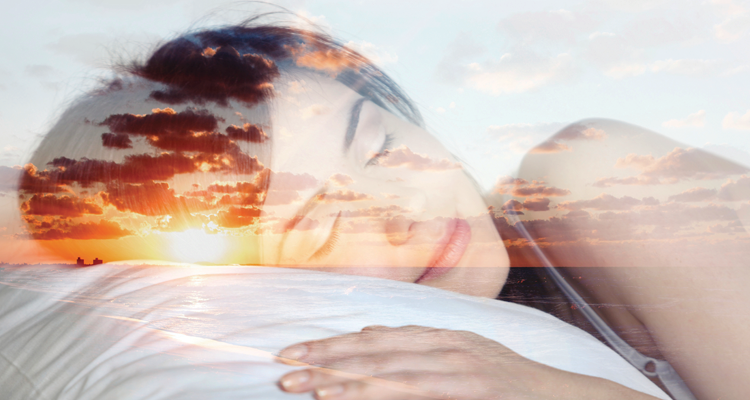Fit Nation investigates the science behind the fitness mattress which promises athletes a better night’s sleep.
You already know that sleep is a necessary pillar of general wellness and fitness recovery, but fewer of us give our sleep gear all that much thought. We just throw on our PJs, get under the covers, and try to doze off. But what if there was a mattress that could actually help you rest more soundly, increasing the rate at which you recover and benefit from your workouts? Meet the fitness mattress.
No, this isn’t a scene from the best dream ever (no need to pinch yourself!); a number of companies now offer high-tech mattresses complete with recovery technology. But do fitness enthusiasts actually need a “fit bed”? More importantly, do these mattresses deliver their advertised benefits? Here, with the help of some of the foremost sleep experts, we look into the science behind two of the leading brands:
$650–950
The Technology: The top layer of this fitness mattress is made with “cooling,” “pressure-relieving,” gel-infused memory foam. The product is said to be engineered to relieve pressure, speed recovery, increase energy, and, of course, improve sleep.
Best for: Side sleepers. While traditional memory foam is orthopedically beneficial because of its ability to contour to the body’s position on the mattress, which can lead to better spinal alignment (that’s the theory, at least), it’s also known for being extra toasty.
The average athlete’s higher-than-normal body temperature can lead to an uncomfortably hot and restless slumber, unfortunately. “Athletes have incredibly high metabolic rates, and, for this reason, often have high body temperatures,” explains sleep specialist and neurologist W. Christopher Winter. “This makes them particularly susceptible to sleep sweat.”
However, the graphite, gel-infused memory foam in Bear Mattresses, which is purported to conduct less heat than traditional memory foam, may be just the ticket. “Though it’s a bit of a marketing ploy, cooling gel-infused memory foam is indeed cooler to the touch than traditional memory foam,” says Dr. Winter.
The Bottom Line: To maximize those zzz’s, be sure to use a mattress pad, blanket, and sheets made from a breathable material like cotton. Winter suggests picking up a DermaTherapy Sport Sheet set ($200–250). They’re made with moisture management technology to keep you cool and dry.
Price upon request
The Technology: Backed by Celliant technology, this official mattress of Ironman can supposedly increase oxygen levels in the body, speeding recovery time and improving sleep. Finished with a latex-infused cover, the Ironman fitness mattress also keeps out dust mites and their fecal particles, which often collect inside traditional mattresses, diminishing sleep quality in allergy sufferers.
Best for: Athletes with allergies. Hypoallergenic materials, like latex, are a must for mattresses and bedding, says elite sport sleep coach Nick Littlehales. The fewer allergens in your bedroom, the better you’ll sleep.
The Bottom Line: This mattress may keep the bed bugs away, but it probably won’t increase your oxygen levels or recovery time. “I am not aware of any legitimately published studies showing this,” Winters says. “Call me stupid, but how can a mattress increase oxygen levels in the body?”
A sound sleep strategy
According to Littlehales, a fancy mattress isn’t necessary for improved sleep. Adopting what he calls a “sleep best practices routine,” however, is. Here are some no-cost ways to catch more restful zzz’s.
Hit the gym. According to a National Sleep Foundation survey, regular, vigorous exercisers report getting the best sleep. Other findings reveal that moderate aerobic exercise can help people fall asleep more quickly.
Stay consistent. We hate to be the bearers of bad news, but according to Kansas State University researchers, sleeping in — even just on the weekends — can reset your body’s internal clock to a different sleep cycle, making it more difficult to fall asleep. So as delightful as setting the alarms back an hour or three on Saturday morning might feel, your body may not agree.
Sip your coffee outside. Light exposure helps maintain a healthy sleep-wake cycle, according to the National Sleep Foundation. Since most of us spend the majority of our time indoors, implementing an outdoor AM ritual ensures you get your daily dose of sun.
Want more ideas for a better recovery? Read this:
Triathlon’s Fourth Discipline: Recovery

